
Along with cancer, HIV or AIDS is one of the deadliest and most feared diseases. Over 33 million people all over the world are living with HIV at this moment, and new thousands of new cases are reported each day. AIDS cannot be cured, but it can be prevented, and getting to know what means of prevention exist and to apply them is the best everyone can do against this deadly and incurable disease.
What is HIV?
HIV, which stands for human immunodeficiency virus, is a type of Retrovirus that causes acquired immunodeficiency syndrome or AIDS. HIV and AIDS are terms that are often used interchangeably, but they are not the same thing. HIV is the virus that causes AIDS, which is a disease. A person diagnosed with HIV may not necessarily be ill at the moment the diagnosis is made. In fact, some people manage to go through several years without developing AIDS. Unfortunately, AIDS cannot be cured and an infected person will become ill at some point.
HIV infects important cells in the immune system, such as T cells, macrophages and dendritic cells. This leads to loss of cell-mediated immunity and the body becomes much more susceptible to infections. Death occurs as a result of opportunistic infections or malignancies.
Prevention of HIV
There are three main routes of transmission of HIV- sexual intercourse, transmission through blood and mother-to-child transmission.
As for the transmission via sexual intercourse, the only 100 percent effective way of prevention is total abstinence from sexual relations. This is rarely the case, so the best one can do is to delay first sex, avoid having multiple partners and always use a condom. In addition, it is believed that some sexually transmitted diseases, such as genital herpes, increase the chance of HIV transmission through sexual intercourse. Therefore, prevention and treatment of those diseases is also a form of prevention against HIV.
In prevention of HIV the educational system plays a very important role in terms of informing children, teenagers and young adults about the risks.
HIV can also be transmitted through blood, for example by using unsanitary medical instruments and equipment, used needles and such. Medical professionals, hospital or clinical staff and other employees in the health system have the obligation to make sure this does not happen.
As for the transmission from the mother to the baby, the situation is slightly more complicated because there is always a chance that an infected mother will pass the virus to the baby during delivery. Women diagnosed with HIV should consult their health care providers about this problem and learn what can be done to reduce the risk of passing the virus to their child.



_f_280x120.jpg)
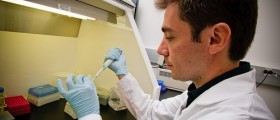


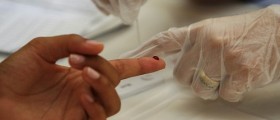
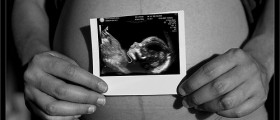
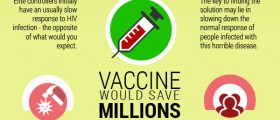
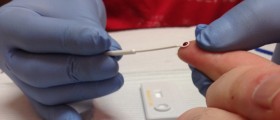


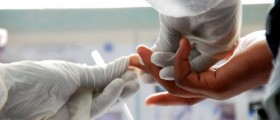


Your thoughts on this
Loading...